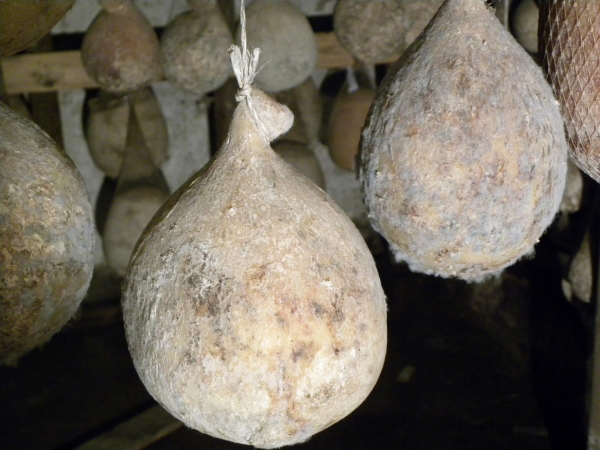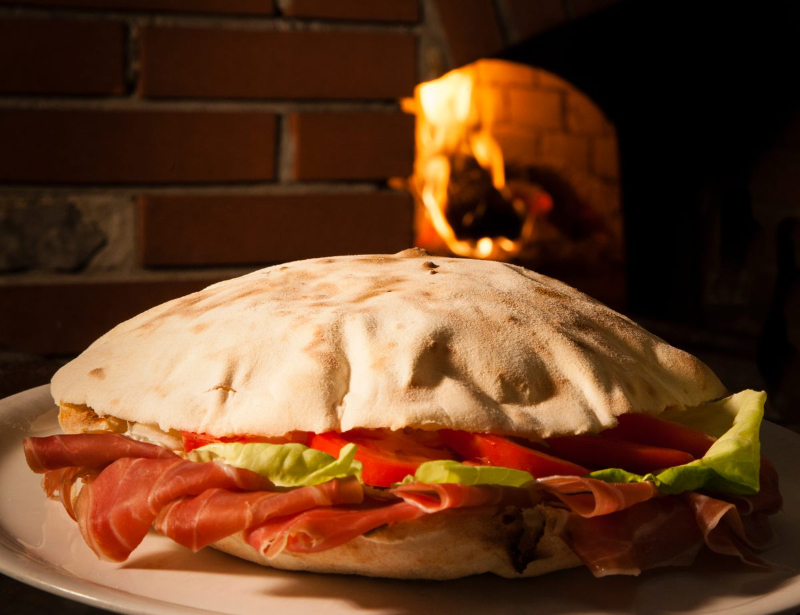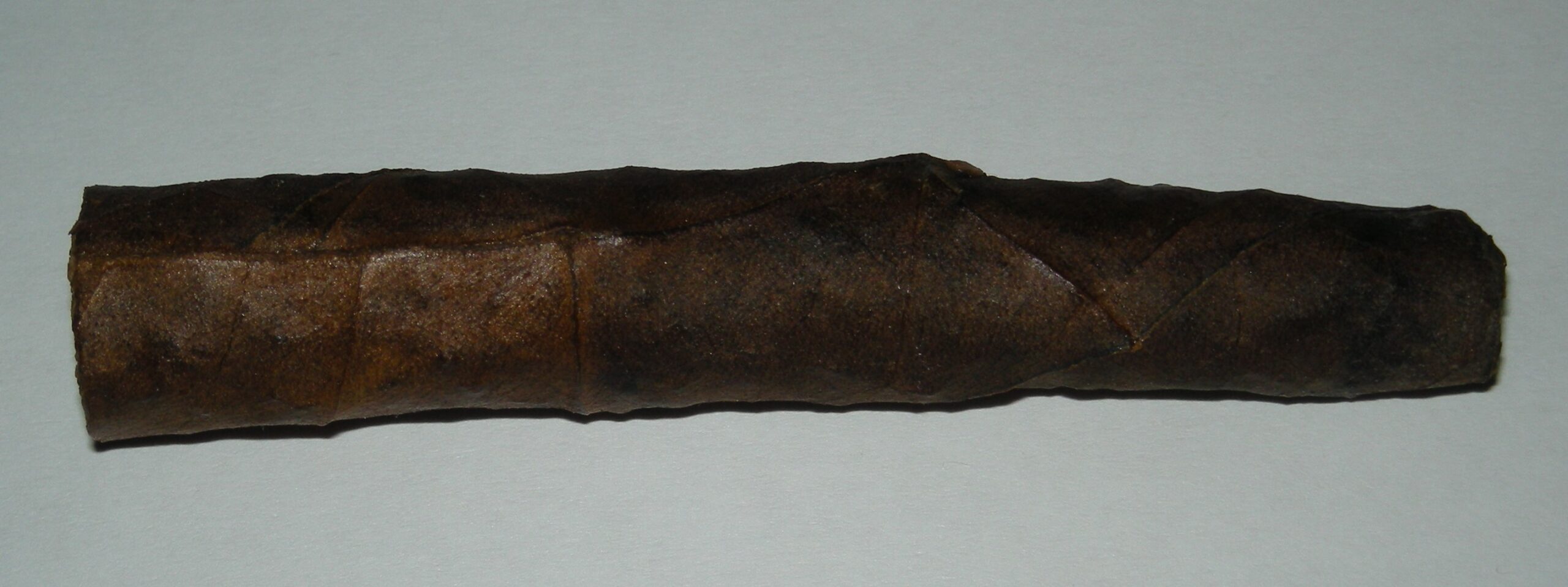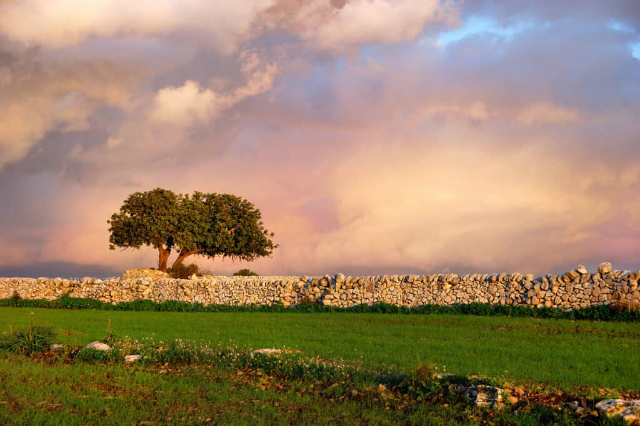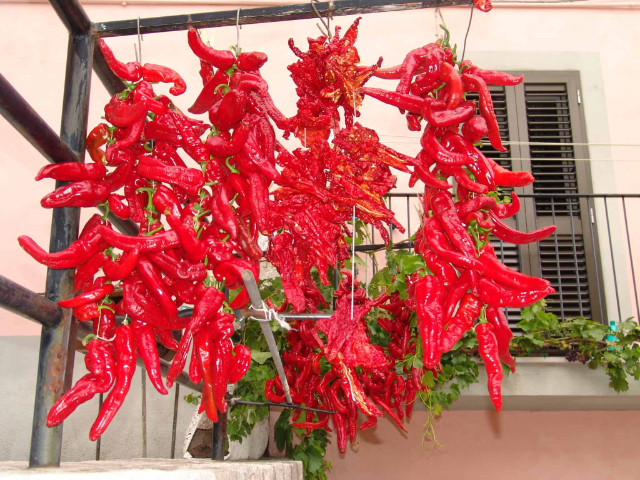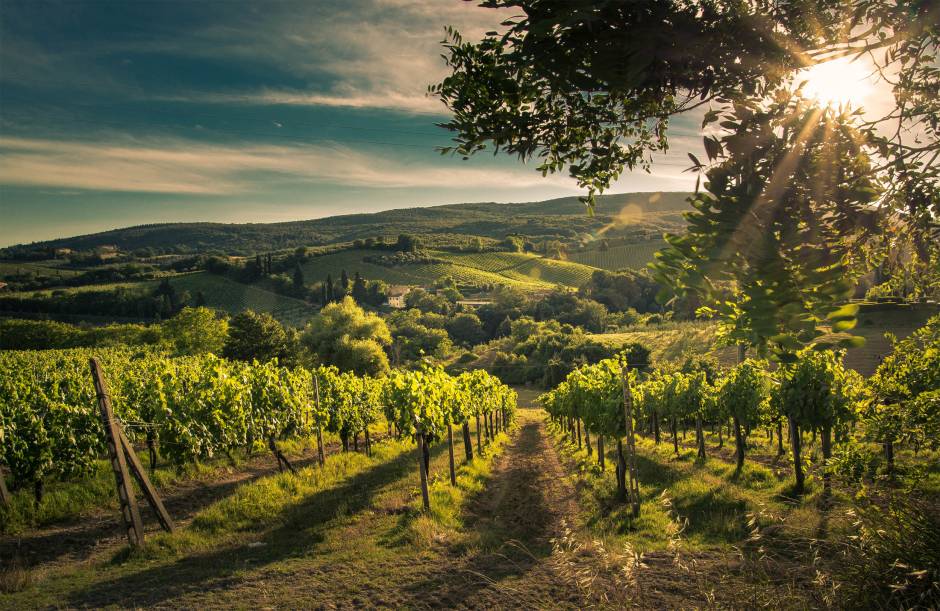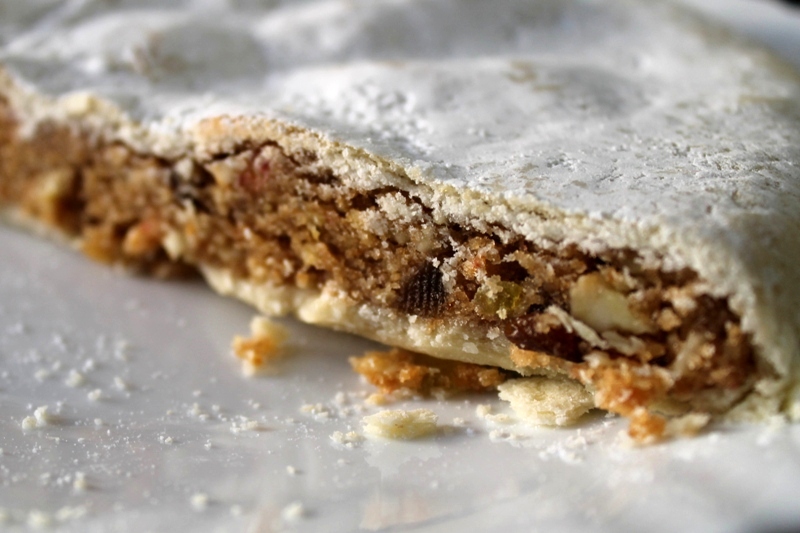During the spring-summer period the cattle are kept at pasture. During this period there is the highest production, the product is particularly valuable thanks to the different essences of grass of the pastures on which they feed. When the pastures end, feeding is mainly based on forages and meal of company origin. Silage is however excluded from the diet. The shape is spheroidal, the size is about 2 kg, more common up to 10 kg. Maturation ranges from 45/60 days to over six months. The paste is a straw-yellow color that tends to become more pronounced as it matures, with rare eye formation, and is semi-homogeneous to the touch. If not very mature, it has a delicate scent of milk, and as it matures, the smell of grass and hay becomes more evident. On the palate, especially as the seasoning continues, all the organoleptic characteristics come out: hints of cut grass, bitter flowers, vanilla and spices and sometimes slightly spicy. After a first drying, which can take place in traditional fresh rooms, not earlier than 45/60 days, it is seasoned in the typical "tuff caves" where a microclimate and a micro-flora favorable to the maturation of caciocavallo with a long aging even up to two years develops. In the "natural caves of tufa" or "natural caves of tufa and stone" the caciocavallo, tied in pairs, are hung on wooden beams. The humidity oscillates between 80 and 90% while the temperature, almost constant between winter and summer, oscillates between 10 and 15 °C.
